
Katedra Najświętszej Panny Paryskiej. Dzwonnik z Notre-Dame. Notre-Dame de Paris 1482. The Hunchback of Notre Dame Victor Hugo
- Autor:
- Victor Hugo
- Wydawnictwo:
- Armoryka
- Ocena:
- Stron:
- 1507
- Dostępne formaty:
-
ePubMobi
Opis
książki
:
Katedra Najświętszej Panny Paryskiej. Dzwonnik z Notre-Dame. Notre-Dame de Paris 1482. The Hunchback of Notre Dame
"Katedra Najświętszej Marii Panny w Paryżu powieść Wiktora Hugo znana w Polsce również pod tytułem Dzwonnik z Notre-Dame, osadzona w czasach późnego średniowiecza. Według słów samego autora, jest to obraz piętnastowiecznego Paryża i całego piętnastego wieku przez pryzmat tego miasta. Osią powieści jest wątek miłosny archidiakona Klaudiusza Frollo do pięknej Cyganki Esmeraldy. Książka wydana w 1831 roku porusza nietypowe jak na tamte czasy problemy zgubnego pożądania i tolerancji. W powieści nie ma nic białego ani czarnego, są tylko odcienie szarości. Nie ma też tu jednoznacznie złej postaci, a nawet okrutne czyny Frolla można zrozumieć i budzi on współczucie, a nawet sympatię czytelnika. Książka została napisana pod wpływem odnalezienia przez autora greckiego napisu (Przeznaczenie) na ścianie Katedry Notre-Dame. (https://pl.wikipedia.org/wiki/Katedra_Marii_Panny_w_Paryżu) Notre-Dame de Paris relve du genre du roman historique, qui est la mode au début du XIXe sicle16, de mme que la période du Moyen Âge qui suscite un intért nouveau de la part des écrivains et des potes partir des années 1820, sous l'impulsion d'auteurs comme Chateaubriand ou Madame de Staël. Le chapitre Paris vol d'oiseau , en particulier, présente une tentative de reconstitution historique du Paris de 1482. Mais Victor Hugo ne se considre pas comme tenu de respecter la vérité historique tout prix et n'hésite pas modifier le détail des faits et resserrer l'intrigue pour faire mieux ressortir le caractre de personnages historiques comme Louis XI ou pour mettre en avant sa vision de l'Histoire. En cela, il applique son roman les principes exposés dans un article propos de Walter Scott qu'il a publié en 1823, et o il affirme : j'aime mieux croire au roman qu' l'histoire, parce que je préfre la vérité morale la vérité historique . (https://fr.wikipedia.org/wiki/Notre-Dame_de_Paris_(roman) The novel's original French title, Notre-Dame de Paris (the formal title of the Cathedral) indicates that the Cathedral itself is the most significant aspect of the novel, both the main setting and the focus of the story's themes. With the notable exception of Phoebus and Esmeralda's meeting, almost every major event in the novel takes place within, atop, and around the outside of the cathedral, and also can be witnessed by a character standing within, atop, and around the outside of the cathedral. The Cathedral had fallen into disrepair at the time of writing, which Hugo wanted to point out. The book portrays the Gothic era as one of the extremes of architecture, passion, and religion. The theme of determinism (fate and destiny) is explored as well as revolution and social strife. The severe distinction of the social classes is shown by the relationships of Quasimodo and Esmeralda with higher-caste people in the book. Readers can also see a variety of modern themes emanating from the work including nuanced views on gender dynamics. For example, Phoebus objectifies Esmeralda as a sexual object. And, while Esmeralda is frequently cited as a paragon of purity this is certainly how Quasimodo sees her she is nonetheless seen to create her own objectification of the archer captain, Phoebus, that is at odds with readers' informed view of the man. (https://en.wikipedia.org/wiki/The_Hunchback_of_Notre-Dame)"
Wybrane bestsellery
Victor Hugo - pozostałe książki
Armoryka - inne książki
Dzięki opcji "Druk na żądanie" do sprzedaży wracają tytuły Grupy Helion, które cieszyły sie dużym zainteresowaniem, a których nakład został wyprzedany.
Dla naszych Czytelników wydrukowaliśmy dodatkową pulę egzemplarzy w technice druku cyfrowego.
Co powinieneś wiedzieć o usłudze "Druk na żądanie":
- usługa obejmuje tylko widoczną poniżej listę tytułów, którą na bieżąco aktualizujemy;
- cena książki może być wyższa od początkowej ceny detalicznej, co jest spowodowane kosztami druku cyfrowego (wyższymi niż koszty tradycyjnego druku offsetowego). Obowiązująca cena jest zawsze podawana na stronie WWW książki;
- zawartość książki wraz z dodatkami (płyta CD, DVD) odpowiada jej pierwotnemu wydaniu i jest w pełni komplementarna;
- usługa nie obejmuje książek w kolorze.
Masz pytanie o konkretny tytuł? Napisz do nas: sklep@ebookpoint.pl
Książka drukowana


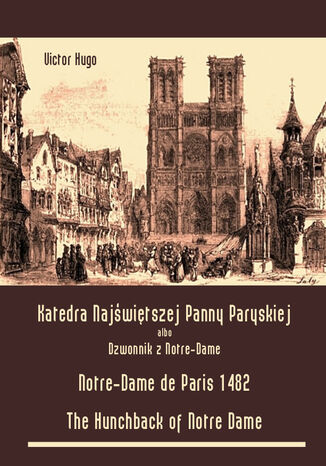
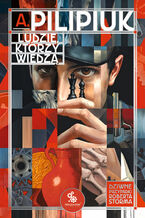

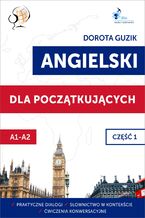
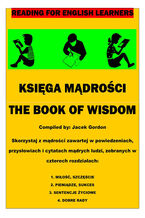
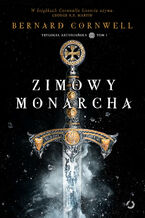
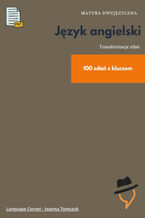

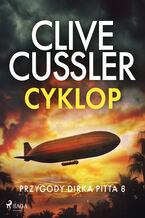
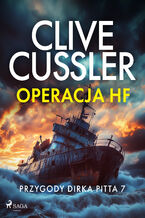
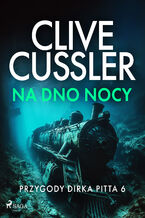
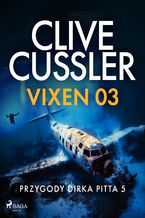
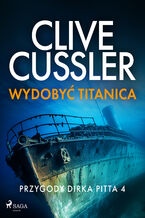


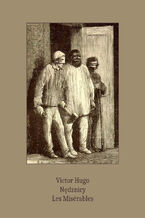



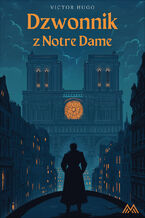


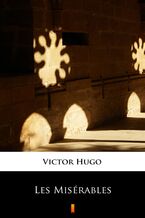
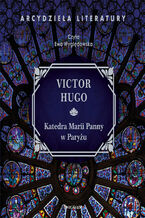
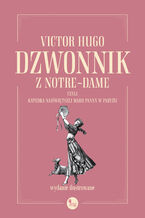






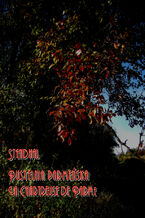

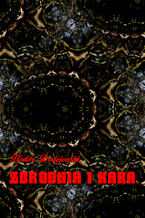
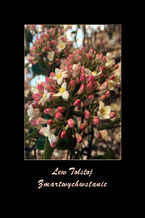

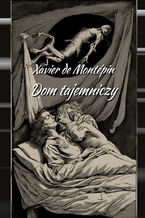
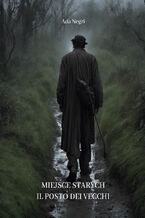
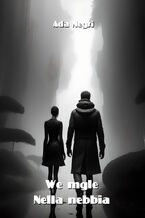
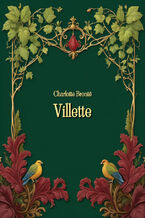
Oceny i opinie klientów: Katedra Najświętszej Panny Paryskiej. Dzwonnik z Notre-Dame. Notre-Dame de Paris 1482. The Hunchback of Notre Dame Victor Hugo
(0)